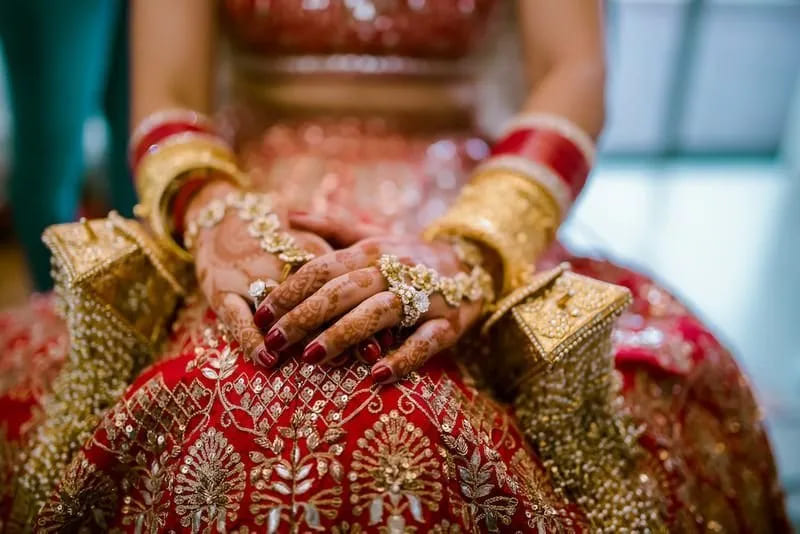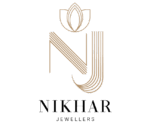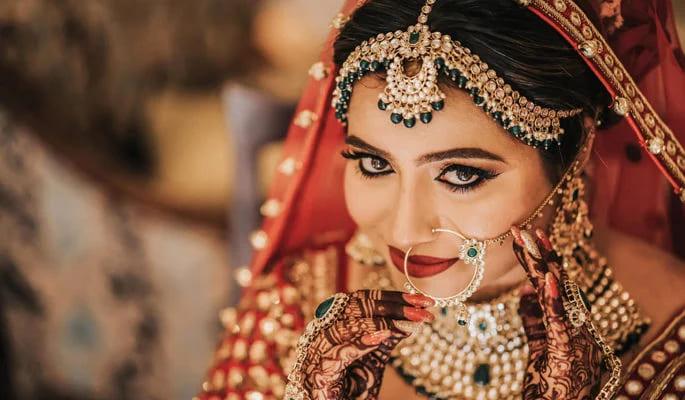Bridal jewellery is more than just an accessory; it is a symbol of heritage, tradition, and identity. From sparkling diamond sets to intricate gold ornaments, jewellery reflects not only personal style but also cultural values passed down through generations. For jewellers, understanding how different cultures celebrate weddings through jewellery is essential to guide brides toward meaningful choices.
The Significance of Bridal Jewellery
Every bride dreams of looking her best on her wedding day, and jewellery plays a central role in achieving that vision. Beyond beauty, these ornaments often carry symbolic meanings—representing prosperity, blessings, and lifelong bonds. By exploring bridal jewellery traditions across cultures, jewellers can better recommend designs that resonate emotionally with their clients.
Indian Bridal Jewellery: A Celebration of Gold and Tradition
India is renowned for its rich jewellery heritage, where bridal adornments are considered auspicious and essential.

Key Jewellery Pieces in Indian Weddings
Indian brides often wear elaborate sets that include necklaces, bangles, earrings, and headpieces such as the maang tikka. The mangalsutra, a black-beaded gold necklace, holds deep spiritual significance as a symbol of marriage.
Cultural Variations Within India
- North India: Heavy gold sets with kundan, polki, and uncut diamonds dominate.
- South India: Temple jewellery crafted in pure gold reflects deities and divine motifs.
- Bengal: Brides are adorned with intricate gold filigree work, known as Meenakari.
For jewellers, offering diverse designs inspired by these traditions can cater to brides seeking both authenticity and modern appeal.
Middle Eastern Bridal Jewellery: Luxury and Status
In Middle Eastern cultures, bridal jewellery often symbolizes wealth and family prestige. Gold reigns supreme, with elaborate sets designed to showcase opulence.
Popular Jewellery Styles
- Gold Sets: Heavy necklaces, earrings, and bracelets made of 22k or 24k gold.
- Gemstones: Emeralds, rubies, and sapphires add vibrant touches to wedding attire.
- Dowry Jewellery: Often gifted by the groom’s family as a symbol of security.
Jewellers serving Middle Eastern brides should focus on bold, statement-making designs that emphasize craftsmanship and luxury.
Western Bridal Jewellery: Elegance and Subtle Glamour
Western bridal jewellery traditions emphasize elegance and timeless sophistication rather than opulence.
Engagement Rings and Wedding Bands
The diamond engagement ring is central to Western wedding traditions, symbolizing eternal love. Wedding bands, often crafted in platinum or white gold, are exchanged during the ceremony.
Popular Bridal Accessories
- Necklaces and Earrings: Simple diamond or pearl sets are preferred.
- Hair Accessories: Tiaras, hairpins, and brooches add delicate charm.
- Heirloom Jewellery: Many brides incorporate family pieces for sentimental value.
For jewellers, offering customizable engagement rings and minimalistic sets appeals to brides who value personal style with a touch of tradition.
African Bridal Jewellery: Bold Colours and Symbolism
African bridal jewellery is deeply symbolic, often representing community, spirituality, and cultural heritage.
Regional Variations
- West Africa: Beaded jewellery in vibrant colors is common, symbolizing wealth and fertility.
- North Africa: Berber brides wear heavy silver jewellery engraved with tribal motifs.
- East Africa: Coral and amber beads are often incorporated into bridal attire.
Jewellers working with African brides should highlight cultural authenticity while also offering modern adaptations that retain symbolic meaning.
East Asian Bridal Jewellery: Harmony and Prosperity
In East Asian cultures, jewellery represents good fortune, family honor, and marital blessings.
Chinese Bridal Jewellery
The dragon and phoenix bangles are popular, symbolizing balance and harmony between partners. Gold is considered lucky, making it a staple in bridal sets.
Japanese Bridal Jewellery
Traditional Japanese weddings often feature minimalist pearl jewellery, reflecting grace and purity.
Korean Bridal Jewellery
Brides wear colourful accessories and sometimes heirloom jade pieces symbolizing wealth and longevity.
Jewellers catering to East Asian brides can combine tradition with modernity, offering contemporary designs that still carry symbolic undertones.
Latin American Bridal Jewellery: Passion and Devotion
Latin American bridal jewellery blends Catholic traditions with cultural flair.
Common Jewellery Elements
- Cross Necklaces: A symbol of faith often gifted by family.
- Gold Jewellery: Popular for both engagement and wedding pieces.
- Pearls: A sign of purity and grace, often used in bridal earrings or necklaces.
Jewellers should consider offering religious motifs and family-inspired designs to cater to Latin American brides.
How Jewellers Can Guide Brides
Understanding these cultural nuances allows jewellers to provide personalized guidance.
Tips for Helping Brides Choose
- Ask about family traditions or heirloom jewellery.
- Suggest versatile pieces that can be worn beyond the wedding day.
- Educate clients about the symbolic meanings of materials and designs.
Blending Modern and Traditional Styles
Many brides today prefer a fusion of contemporary elegance with cultural heritage. Jewellers who offer customization services can meet these demands while creating truly memorable pieces.
Read Also : Jewellery Essentials Every Woman Should Own
Final Thoughts
Bridal jewellery across cultures is a beautiful reflection of heritage, faith, and love. For jewellers, appreciating these traditions not only helps in recommending the right pieces but also strengthens emotional connections with clients. Whether it’s the grandeur of Indian gold sets, the elegance of Western diamonds, or the symbolic beads of Africa, each culture brings unique artistry to the wedding day. By combining cultural awareness with creative design, jewellers can guide brides toward jewellery that feels both personal and timeless.

